Lowflynjack
En-Route
- Joined
- Oct 28, 2014
- Messages
- 4,066
- Display Name
Display name:
Jack Fleetwood
After a week of cloudy skies and rain, we got an opening and got in the air! Always fun to fly after a storm passes through!
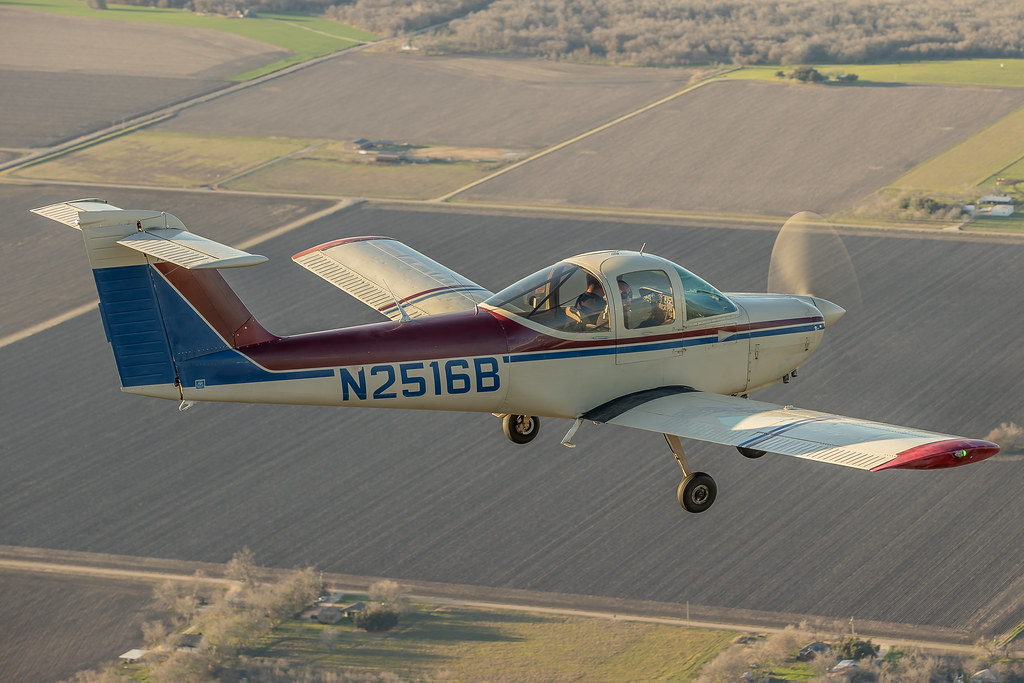
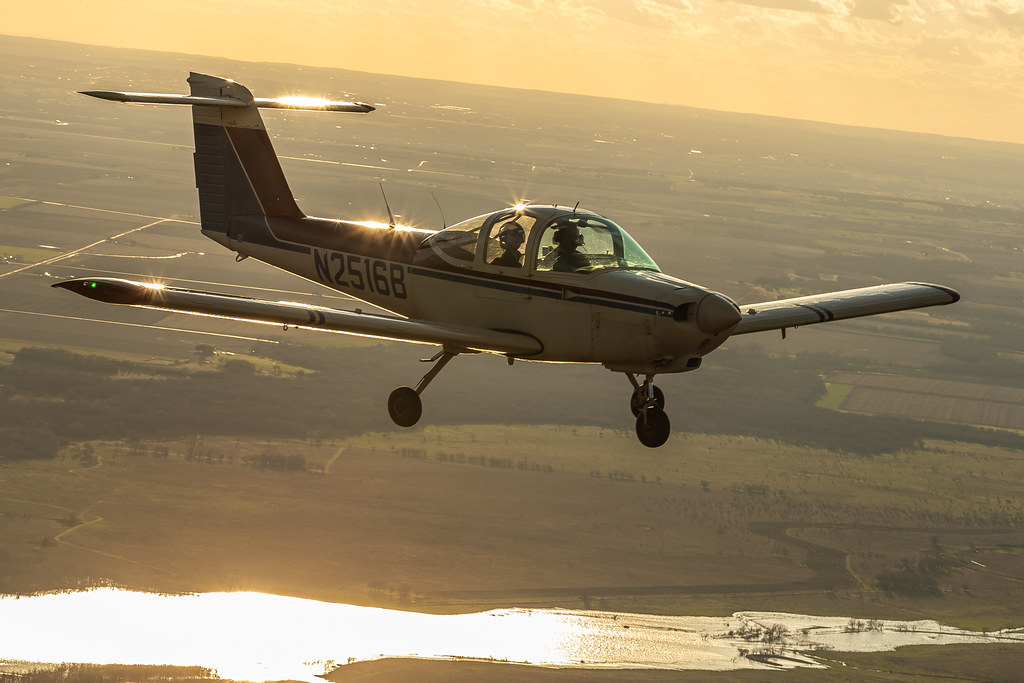
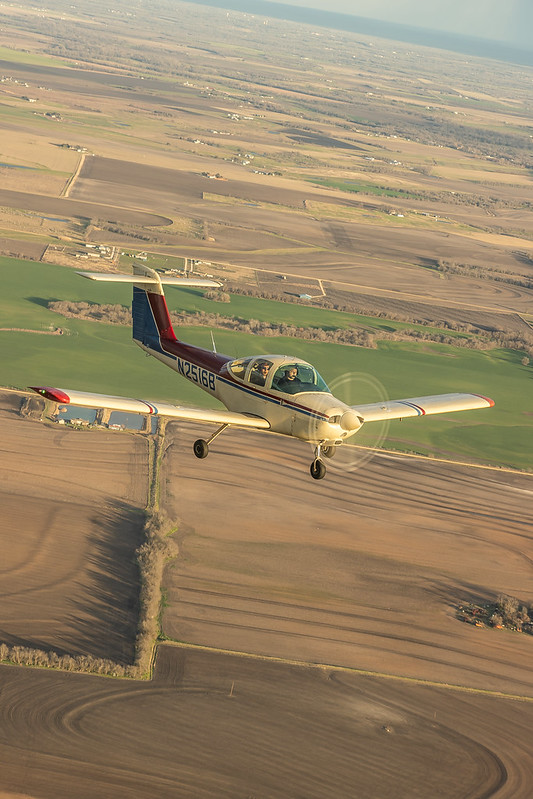
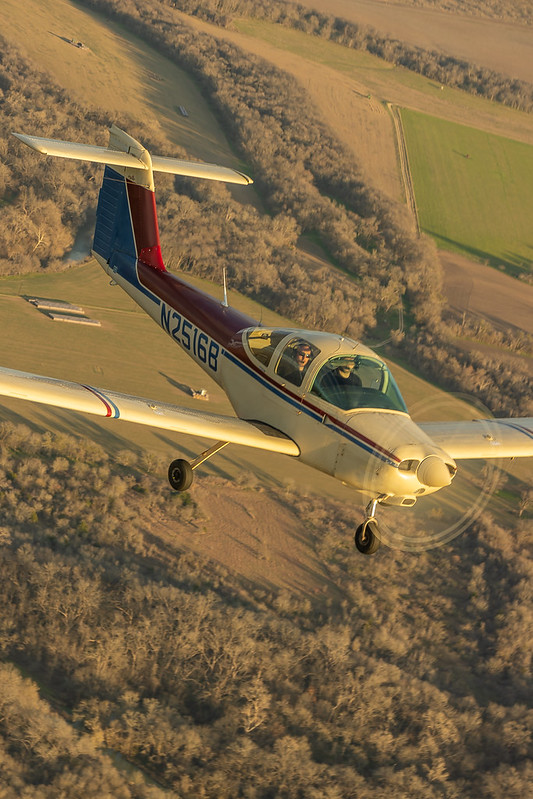
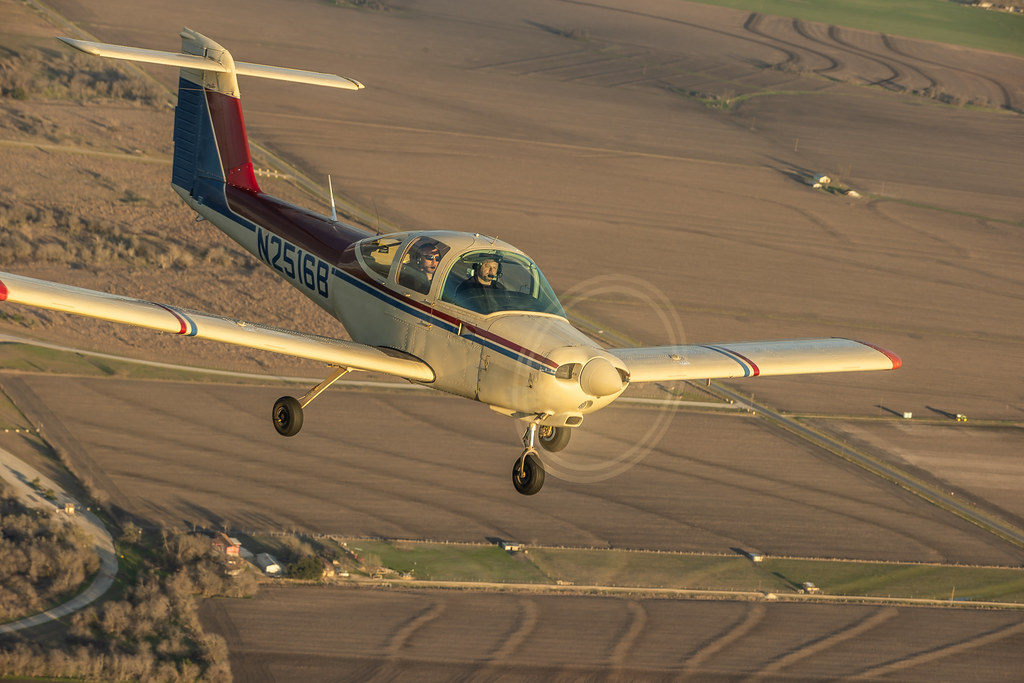
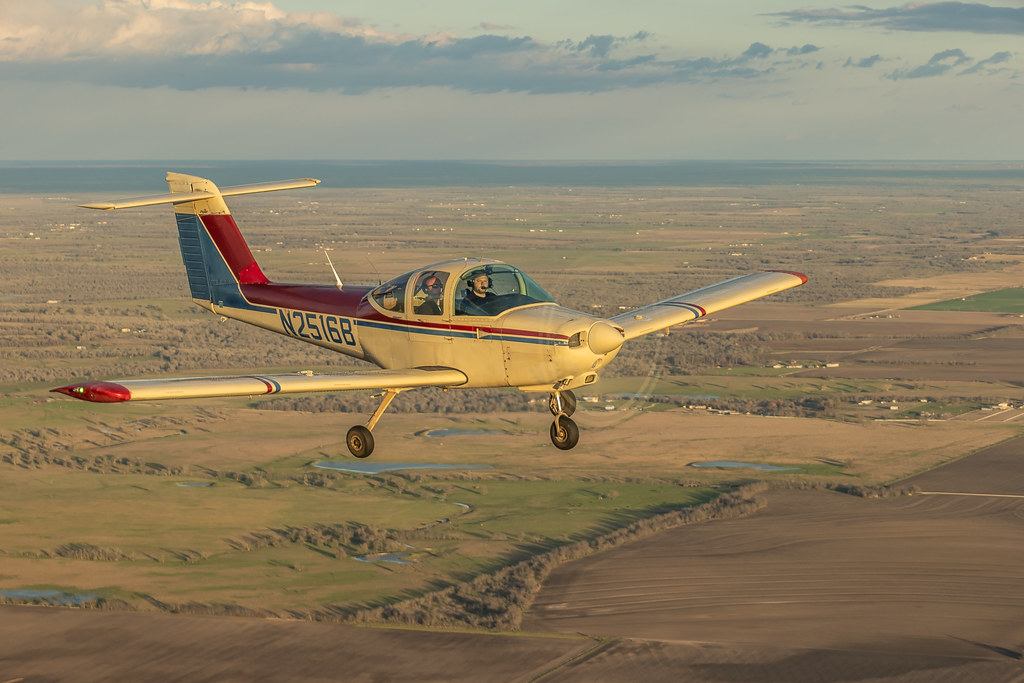
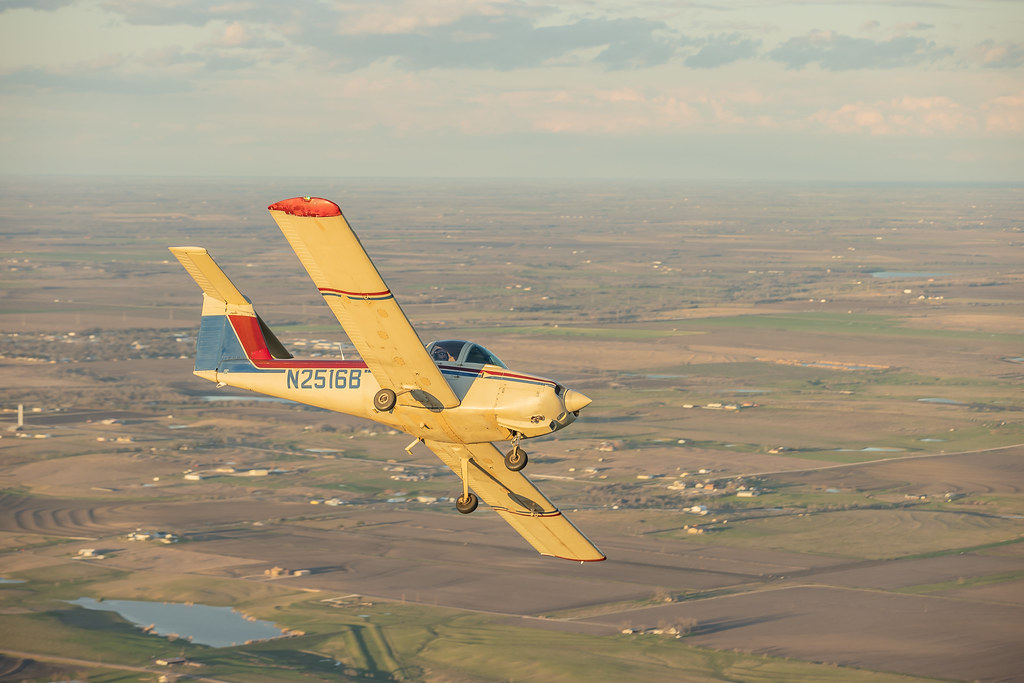














Yep. The owner of this one actually has it on leaseback at a local flight school! Thank you.The ole Tomahawk was much maligned but it was a good plane to learn on and not bad looking. Nice pics.
Yes. It committed that most unforgivable sin, not flying like a Cessna 172.The ole Tomahawk was much maligned but it was a good plane to learn on and not bad looking. Nice pics.
ahh... the Classic Traumahawk.. flew nice, about the same as the Beech Skipper, but built better than the Skipper.
Yes. It committed that most unforgivable sin, not flying like a Cessna 172.
I learned in Grumman AA1b's and AA1c's, I already knew.. You'll learn quickly how to recognize a stall..
Not to go down that rabbit hole, but the wing structure comment was made by one guy - a test pilot, not an engineer, that has taken on the same importance as Moses' stone tablets. The spin "problems" with the Tomahawk are because the airplane doesn't spin like a Cessna. You actually have to make the correct inputs to stop the spin. When I was a Tomahawk owner, I read every single fatal accident report on Tomahawks from 1978 forward (until about 2000). Exactly one of the fatal stall/spin accidents was someone spinning in from altitude, and that was a student pilot who (presumably) wasn't up to speed on spin recovery. The rest were things like departure stalls, base to final stalls, low altitude maneuvering, etc. The airplane stalls and spins like it was designed to. Good or bad, it isn't as forgiving as a 152.Built better than a Skipper? The wing design was modified from the original engineering drawings on the line and so it deformed in a spin, due to the rib spacing. From an article at the time: "The manufacturing part had to do with changes that Piper had made, not to the design but to the structure, reducing the number of main ribs and lightening the spar. These changes were apparently done only after the FAA had flown the spin series that resulted, investigators found, in the wing being quite flexible, so much so that it stalled in unpredictable ways. Others went so far as to say that each Tomahawk flew quite differently from the next one and differently from the one before that."
Piper even had an ad with a cutaway of the structure. Those of us who were around when the spin issues were in the news remember the fuss. The solution is not to spin it.
Think about this. The instructor could have just as easily said "the only way to break the spin was to whistle "I'm a Ramblin' Wreck from Georgia Tech"". There is no way to verify the causality of an anecdote like that. Regarding the wing structure...Aviation Consumer repeated exactly the same quote from the same pilot that I referenced above. It has achieved legendary status, but is one comment by one guy. Is it likely that a test pilot knows that internal wing changes impacted the flexibility of a wing which impacted the stall behavior/spin recovery? There are a whole lot of unverified assumptions leading up to that conclusion.I read them all too, one was around my instructor’s flight school. One instructor had to have both of them lean all the way forward to recover in another.
So you bought it after AD 83-14-08 was issued to put a bandaid on the stall characteristics?Have owned a Tomahawk for 30 years, put about 3600 on it so far. Honestly have no idea what anyone is talking about concerning stalls, wing deformation, etc. Maybe I’m not a good enough pilot to notice but it flies just fine for me. I think the plane’s biggest problem is the internet
Nope, if you're going to try to correct somebody, you should fact-check yourself first.Not to go down that rabbit hole, but the wing structure comment was made by one guy - a test pilot, not an engineer, that has taken on the same importance as Moses' stone tablets. The spin "problems" with the Tomahawk are because the airplane doesn't spin like a Cessna.
Thanks! My photos stir up conversation for sure!!I love that first image Jack from behind and above the plane ... and I'm not even a traumahawk fan
I guess? Don’t really know, just fly it. My AP takes care of all the ADs. It flies good.So you bought it after AD 83-14-08 was issued to put a bandaid on the stall characteristics?
I’m glad you chimed in. I almost replied earlier, but I haven’t flown tomahawks, and have only flown one skipper.These are some awesome photos... thank you for sharing, glad to see you're enjoying a PA38...
I have to disagree with you on this one Bill.. Having owned a Tommy and flown both airplanes I will say the Skipper is a better-built plane.. slower than a Tommy, but it has that solid Beechcraft feel, and none of the recurring AD's
. You'll learn quickly how to recognize a stall..
Built better than a Skipper? The wing design was modified from the original engineering drawings on the line and so it deformed in a spin, due to the rib spacing. From an article at the time: "The manufacturing part had to do with changes that Piper had made, not to the design but to the structure, reducing the number of main ribs and lightening the spar. These changes were apparently done only after the FAA had flown the spin series that resulted, investigators found, in the wing being quite flexible, so much so that it stalled in unpredictable ways. Others went so far as to say that each Tomahawk flew quite differently from the next one and differently from the one before that."
Piper even had an ad with a cutaway of the structure. Those of us who were around when the spin issues were in the news remember the fuss. The solution is not to spin it.
I suspect that 95%+ of the negativity against Tomahawks comes from people who’ve never flown one. With the exception of comfort flying the summer sun, I think the Tomahawk is better than a 150 in every way.
"Fifteen reports showed loose rivets in the wing, bent aft spar attach fitting, and undertorqued wing spar attachment plate bolts. Before sending the airplane to the production design shop, the remaining design engineer stated the airplane had problems with "A very strong rolloff, I think, to the left." He said he designed a wing root glove that was very effective "...in terms of cooling off the stall characteristics." He also revealed the airflow next to the wing root, aft fuselage, and tailcone was not adhering as it should. He said the purpose of the cuff was to improve the airflow along the aft fuselage and give the airplane better stall characteristics. The company production design shop engineers removed the cuffs from the airplane after they had received it from the design shop."
My belief is the only "problem" with the Tomahawk's stall and spin behavior is it doesn't behave like a 152. I earned my license in a 152 and soon thereafter bought a Tomahawk. I recognize the differences. The Tomahawk stalls at a higher airspeed and tends to drop a wing. Not a big deal - don't stall it unintentionally or at low altitude, it can bite. Similar to many higher performance aircraft. I really liked the Tomahawk and never understood the gnashing of teeth it causes. It is a great little airplane and if my son becomes interested in learning to fly, I'll be tempted to buy one to give him that opportunity.Nope, if you're going to try to correct somebody, you should fact-check yourself first.
"Both original design engineers said the PA-38 prototype had been built with a rigid wing structure. One of the design engineers said this type structure is necessary when using the GAW-1 airfoil."
"The original design engineers were asked why the design had been changed. Both said it was their opinion that the airplane's structure had been simplified for manufacturing purposes after it left their design shop. The design engineer said that removing wing ribs and changing the spar design would make the wing less rigid, i.e., "soften" the wing. According to this engineer, the wing's softened structure would not enhance the wing's stall and spin characteristics. He said the softened wing structure could change the airfoil shape, making the wing a new and unknown commodity in stalls and spins. He said he had inspected a PA-38 wing and found it to be very soft, and able to be torsionally twisted without substantial effort."
"One of the original desginers of the airplane stated, "The aerodynamic performance of a GAW-1 wing is very sensitive to airfoil shape. If the shape
became distorted, the performance would rapidly deteriorate... ." He continued, "... the use of a flexible surface representation of the profile sensitive GAW-1 design opens a Pandora's box regarding its performance. The effects of a wide range of steady and unsteady aerodynamic
flows encountered by an aeroelastically soft GAW-1 wing in stalls and spins would be impossible to resolve in a conventional flight test program."
"Fifteen reports showed loose rivets in the wing, bent aft spar attach fitting, and undertorqued wing spar attachment plate bolts. Before sending the airplane to the production design shop, the remaining design engineer stated the airplane had problems with "A very strong rolloff, I think, to the left." He said he designed a wing root glove that was very effective "...in terms of cooling off the stall characteristics." He also revealed the airflow next to the wing root, aft fuselage, and tailcone was not adhering as it should. He said the purpose of the cuff was to improve the airflow along the aft fuselage and give the airplane better stall characteristics. The company production design shop engineers removed the cuffs from the airplane after they had received it from the design shop."
NTSB report CHI94FA097
My belief is the only "problem" with the Tomahawk's stall and spin behavior is it doesn't behave like a 152. I earned my license in a 152 and soon thereafter bought a Tomahawk. I recognize the differences. The Tomahawk stalls at a higher airspeed and tends to drop a wing. Not a big deal - don't stall it unintentionally or at low altitude, it can bite. Similar to many higher performance aircraft. I really liked the Tomahawk and never understood the gnashing of teeth it causes. It is a great little airplane and if my son becomes interested in learning to fly, I'll be tempted to buy one to give him that opportunity.
From a flight qualities perspective, the NASA spin tests demonstrated repeatable spin and recovery behavior.
As to the "rigid wing, soft wing, I think, I thought, it might, it could" opinions quoted, there isn't any supporting data. It is all conjecture... possibly informed conjecture, possibly your typical engineer (like me) who designs things perfectly in the first place and knows that any modifications to the design ruin it. ;-) Including the opinion of an engineer who manually twisted a wing and opined that it was "soft" seems odd. While the guy might have been exactly right, it is hard for me to accept such a sweeping proclamation as fact without any objective data.
At the end of the day, the FAA re-evaluated the Tomahawk and found that it checked the appropriate boxes. That's the most objective information we have, and I'll just have to live with their findings. Especially since they agree with my personal experience as the owner/pilot of one.
He made his comments, you made yours. Why does it matter? Just have to win don’t you.Let's review. You posted incorrect info, I corrected you. But an NTSB report is "conjecture" and your verifiably false comment is not
Not trying to win anything, just don't like false info being paraded as fact.He made his comments, you made yours. Why does it matter? Just have to win don’t you.
It was built with that tail. I knew a guy who was in charge of procurement for Piper at the time. What I was told was that the plane was fine with the conventional tail, but the boss at the time told them it had to have a T-tail for marketing. Apparently they barely survived the first flight and doubled the aluminum thickness on the tail cone for the next flight. I did my entire private in the Tomahawk and loved them. It will always be a good plane in my book.Not trying to win anything, just don't like false info being paraded as fact.
There are a lot of myths and urban legends about this plane, though to be fair, more of them historically have been in the anti-Tomahawk camp. For example, it was once widely believed that the PA38 was certified with a conventional tail, after which it was converted to a T-tail design. This actually isn't true. It was changed to a T-tail much earlier in the development process.
